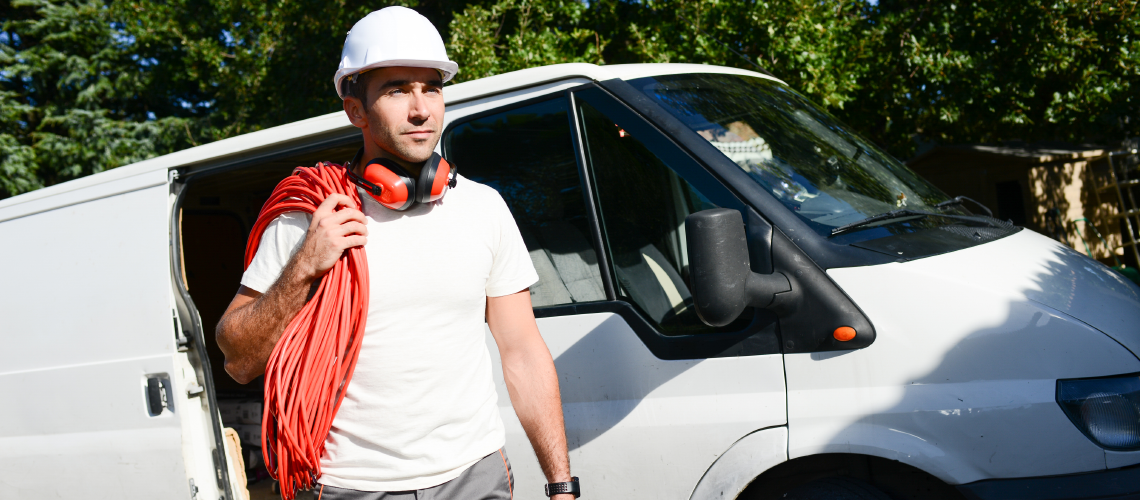Driving a van can be a relatively easy and stress-free experience if you’re an experienced car driver. However, while many of the skills learnt on the road over the years can be simply translated to a bigger vehicle, driving a van is still a very different experience.
Here at RightSure we’ll provide a few pointers and guide you through some of the issues you might encounter when driving a van.
The first thing you’ll notice when you step into a van is that the driving position is far higher than you will have experienced in the average car. The driver is also seated much closer to the front of the vehicle whilst many vans don’t possess a rearview mirror so you will need to make that adjustment bearing in mind the reduced visibility.
Increased responsibilities
Driving a larger, wider vehicle comes with its own increased responsibilities. Statistics show that the majority of commercial vehicle accidents take place due to drivers not allowing for the extra width of the van. In most cases, manoeuvrability is also likely to suffer in a van in comparison to driving a car which needs to be taken into account. Be vigilant and conscious of the safety of other drivers on the road.
As with any vehicle, something else to take into account is speed. With the increased weight of a van it is crucial to always decrease your speed when approaching a bend in a road. The same is required driving around a corner too quickly could result in an accident. Likewise were your vehicle to tilt, any delicate goods your van is carrying could potentially be damaged. Heed this advice seriously as otherwise, you could find yourself in an accident, having to make a commercial vehicle insurance claim.
Steps to take
There are a few things you can do to make sure your van is roadworthy before you start your journey in order to reduce the likelihood of an accident.
For new drivers especially it’s pivotal to become fully accustomed to the size and manoeuvrability of your vehicle. Vans will require a significantly longer braking distance than cars so it is best to maintain your distance whenever possible. When driving in poor weather conditions and the road is slippery this is even more important. Similarly changing lanes in a van can be tricky with the reduced visibility so it’s worthwhile taking extra caution. Take a short drive along some quieter roads without too many pedestrians until you are fully comfortable with the van and confident enough to embark on longer drives.
Routine maintenance
Routine maintenance is so important to good driving conditions and tyre condition must be considered a priority with regards to road safety so ensure your van tyre width and tread are maintained above the minimum levels. Likewise, under the bonnet check that both your oil and water levels are topped up as incorrect levels could cause overheating and serious damage to your vehicle’s engine.
Unsecure cargo doors could not only lose your valuable possessions but also potentially spill hazardous debris onto the roads or cause damage to a pedestrian. Check that all doors of your vehicle are closed properly before you set off.
Confident drivers are typically better drivers and it is important for any driver to be safe in the knowledge that they could respond to the conditions, environment and scenario around them. As visibility is limited and restricted in vans, with blind spots in nearly every vehicle, adjust your mirrors so that you at least have the maximum visibility that the vehicle allows.
As reversing and parking is typically more challenging in a van, just giving that little extra thought and attention to visibility can make your overall experience all the more stress-free.
Van Racking and Accessories
If you work with tools and equipment van racking and accessories are really essential. If your tools and equipment aren’t stored safely and securely you are risking injury during transit especially in the event of an accident.
Invest in a sturdy van racking system with inside shelf units to reduce tool movement while travelling. As well as a racking system for the vehicle’s roof to accommodate oddly shaped equipment like ladders.
Do you have any additional van driving and safety tips you could share with us?
Finally, get insurance that protects your van and your livelihood.


